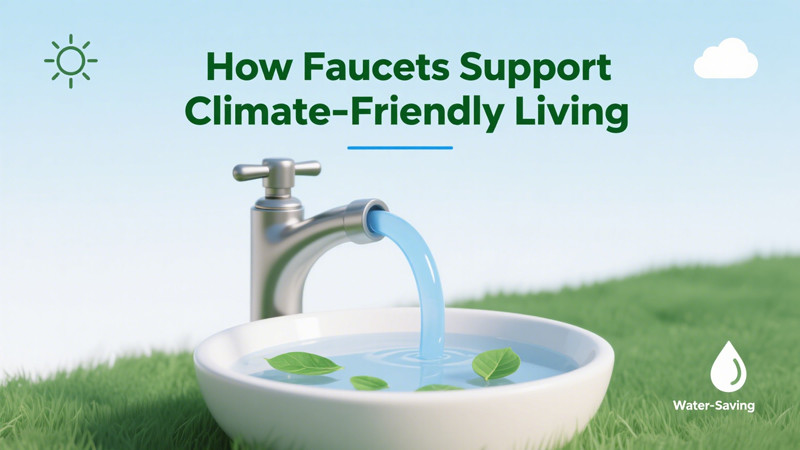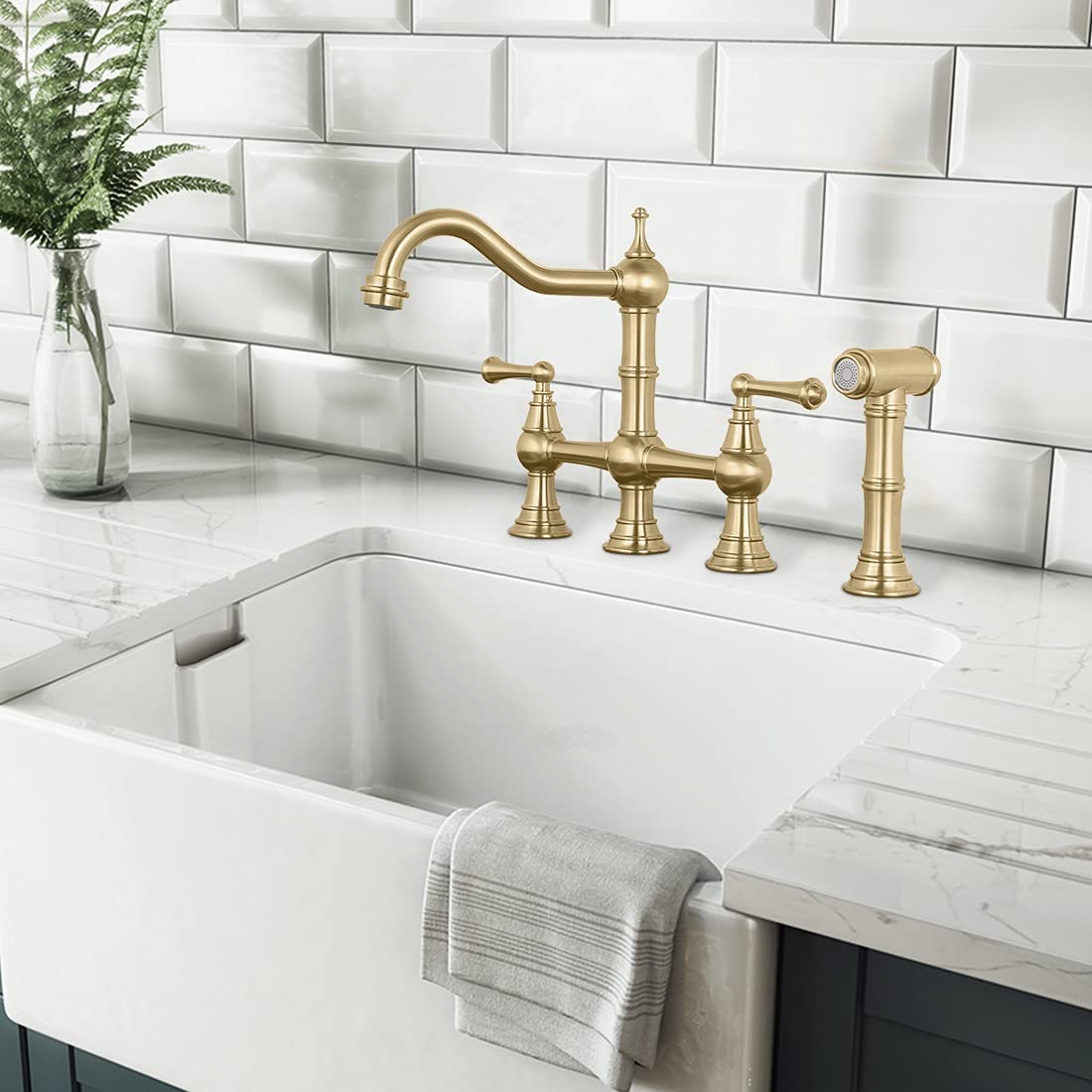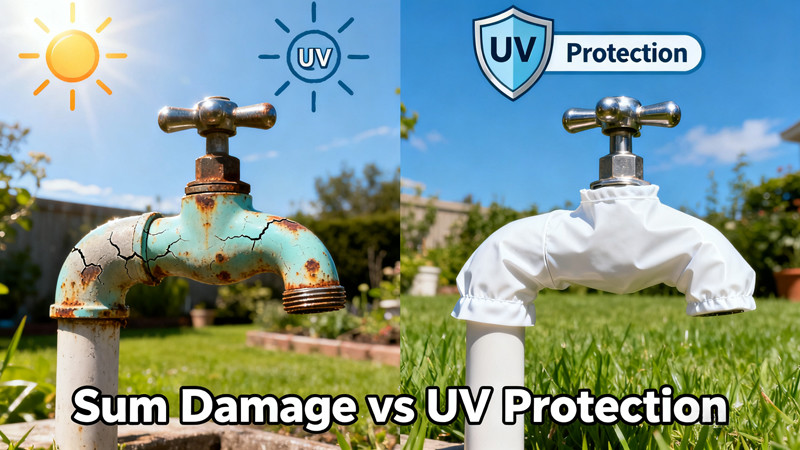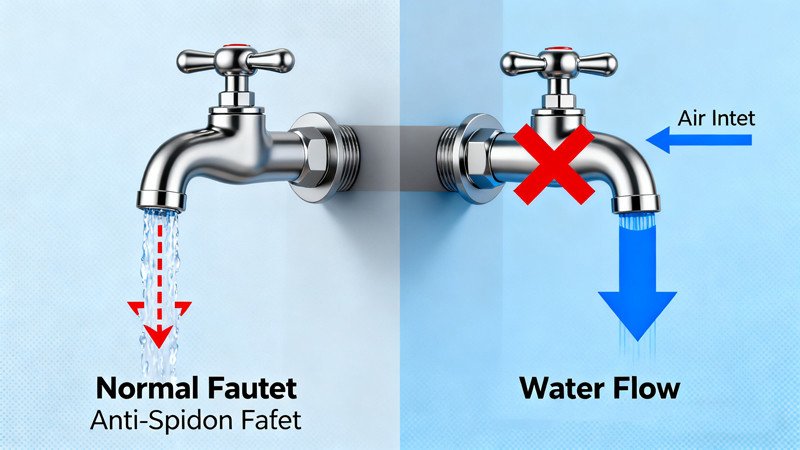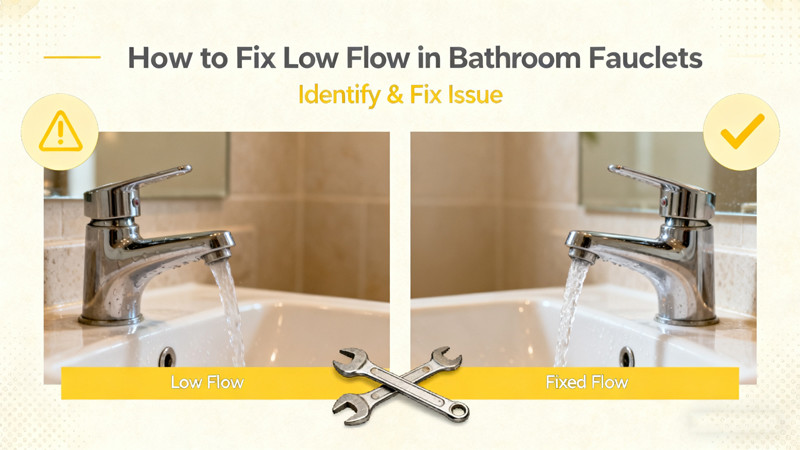In recent years, climate change has become a pressing global concern. Rising temperatures, extreme weather events, and dwindling freshwater resources are compelling individuals and households to rethink their everyday habits. Surprisingly, one often-overlooked element in the home plays a vital role in supporting climate-friendly living: the faucet. Climate-Friendly faucets may seem like simple fixtures, but modern designs and innovative technologies allow them to significantly reduce water consumption, conserve energy, and promote sustainable living.
Water Conservation Starts at the Faucet
Freshwater is one of the most precious resources on Earth, yet many households waste gallons of water daily due to inefficient plumbing fixtures. Traditional faucets often allow water to flow at high volumes, even when it is not necessary, leading to significant waste over time. Modern faucets, however, are designed with efficiency in mind. Many come equipped with aerators, flow restrictors, and sensors that limit water use without compromising performance.
Aerators, for instance, mix air with water to maintain a strong stream while using less water. This technology reduces water flow by up to 50%, making even long handwashing sessions or dishwashing routines more sustainable. Touchless and sensor-activated faucets go a step further, shutting off automatically when water is not needed. By reducing unnecessary water flow, these faucets conserve one of our most essential natural resources, helping households contribute to global water sustainability.
Energy Efficiency Through Reduced Hot Water Use
Water conservation is only one side of the equation. The energy required to heat water in homes is another significant contributor to carbon emissions. Heating water consumes electricity or gas, depending on the system, and wasted hot water translates to wasted energy. Faucets designed to limit hot water usage can help lower household energy consumption, reducing carbon footprints in the process.
Low-flow faucets, for example, not only save water but also reduce the amount of hot water used during showers, handwashing, and dishwashing. This directly decreases the energy needed to heat water, leading to lower utility bills and less environmental impact. Some advanced models feature digital temperature controls, allowing users to set precise temperatures and avoid overheating water unnecessarily. These features ensure comfort while maintaining energy efficiency—a critical step toward climate-friendly living.
Smart Faucets and Data-Driven Sustainability
The rise of smart home technology has brought intelligent faucets to the forefront. These devices track water usage patterns and provide feedback to users, helping them make informed decisions about consumption. Some models even integrate with home energy management systems, enabling households to monitor both water and energy usage in real time.
By making users more conscious of their habits, smart faucets promote behavioral changes that can significantly impact environmental sustainability. For example, a smart faucet might alert homeowners if they are using more water than average during certain activities, encouraging them to adopt water-saving practices. Over time, these small adjustments contribute to broader climate-positive outcomes.
Material Choices and Eco-Friendly Manufacturing
Sustainability in faucets isn’t just about water and energy conservation. The materials and manufacturing processes used also play a role in environmental impact. Many modern faucets are made from recycled metals or sustainably sourced components, reducing the ecological footprint of production. Manufacturers are increasingly adopting eco-friendly practices, such as minimizing chemical treatments, reducing packaging waste, and designing products for durability to extend their life cycle.
Long-lasting faucets reduce the need for frequent replacements, which in turn reduces waste and resource consumption. Choosing faucets from manufacturers committed to sustainable production aligns with climate-friendly living principles and encourages responsible consumption.
Reducing Household Wastewater and Supporting Local Ecosystems
Water-efficient faucets also help reduce the volume of wastewater generated in households. Excessive wastewater can overwhelm municipal treatment systems and lead to the contamination of natural waterways. By controlling water flow and minimizing unnecessary use, faucets contribute to better wastewater management. This has the added benefit of protecting local rivers, lakes, and aquatic ecosystems from pollution and disruption.
Eco-conscious faucets sometimes incorporate features like dual-flow options, which allow users to select different water pressures for different tasks. For instance, lower pressure for handwashing and higher pressure for kitchen tasks ensures minimal water use without sacrificing functionality. These thoughtful designs exemplify how faucets can serve both environmental and practical needs simultaneously.
Fostering a Culture of Sustainability
Beyond technical features, faucets serve as an educational tool, subtly encouraging individuals to adopt environmentally responsible behaviors. Households with water-saving faucets often become more mindful of their broader environmental footprint, extending conservation practices to other areas such as energy use, waste management, and sustainable shopping. This ripple effect highlights how even small home fixtures can play a role in fostering a culture of sustainability.
Additionally, the presence of visible indicators, such as low-flow markers or eco-certifications, reminds users of their commitment to climate-friendly living. By integrating sustainability into everyday routines, faucets help normalize eco-conscious habits and make sustainable choices more accessible to everyone.
The Bigger Picture: Faucets as Part of a Sustainable Home
While faucets alone cannot solve global climate challenges, they are an integral component of a sustainable home. Combined with other energy- and water-saving measures—such as efficient appliances, insulation, renewable energy sources, and responsible landscaping—eco-friendly faucets contribute to a holistic approach to environmental stewardship.
Investing in efficient faucets is an actionable, tangible step that individuals can take today. It demonstrates how technology and thoughtful design can reduce environmental impact without compromising convenience or comfort. Over time, widespread adoption of sustainable faucets can lead to measurable reductions in water usage, energy consumption, and greenhouse gas emissions, supporting both local and global climate goals.
Conclusion: How Faucets Support Climate-Friendly Living
Faucets may seem like small, everyday objects, but their role in supporting climate-friendly living is significant. From conserving water and reducing energy use to promoting eco-conscious behaviors and supporting sustainable manufacturing, modern faucets are much more than plumbing fixtures—they are tools for positive environmental change.
As climate concerns continue to shape our world, households have the opportunity to make meaningful contributions to sustainability through the choices they make every day. Selecting water-efficient, energy-conscious, and durable faucets is a simple yet powerful step toward a more sustainable future. By embracing these innovations, we can transform our homes into eco-friendly spaces and play a part in building a healthier planet for generations to come.
 WOWOW Faucets
WOWOW Faucets